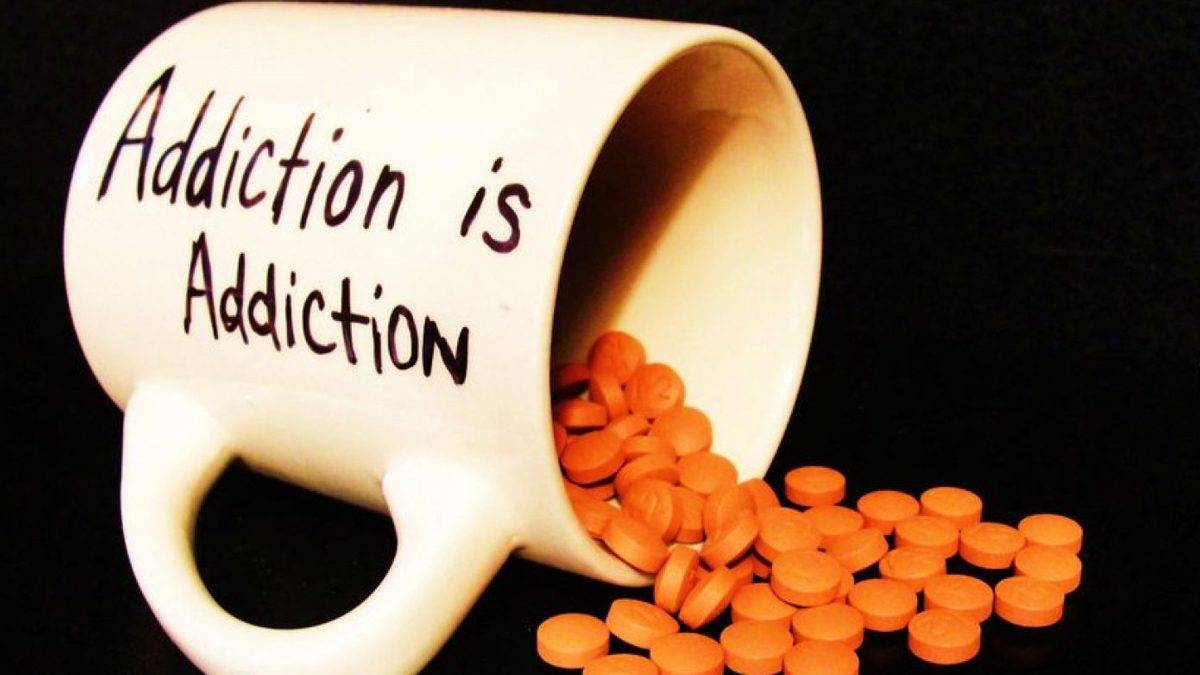A Subliminal Reason Why Cravings Come Seemingly Out of Nowhere
You remember Pavlov and his dog, right? That old classical conditioning story you learned in Psych 101 where the dog was conditioned to salivate not just in response to food, but to the simple ring of a bell. Just to refresh your memory, Ivan Petrovich Pavlov, a Russian physiologist, noticed that his dog would salivate every time meat powder was placed in the dog’s mouth. Soon after, Pavlov began ringing a bell before giving the meat powder and after a few repetitions of sounding the bell before the meat, the dog salivated to the sound of the bell alone. This became known as Classical Conditioning.
Rubin Khoddam is a Ph.D. student in Clinical Psychology as well as an Elyn Saks Institute for Mental Health Law, Policy, and EthicsScholar at the University of Southern California. He researches genetic and environmental factors that contribute to drinking and drug use and has published on related topics in several peer-reviewed journals. Rubin also works clinically with families, individuals, and homeless populations dealing with substance use issues.
Editor: Muhammad Talha
Now you might be thinking, what does this have to do with alcoholism, drug addiction, or rehab? Well, truthfully, it has everything to do with it. It makes sense that an alcoholic coming out of rehab would have a reaction to seeing a bottle of whisky, beer, or whatever their drink of choice was. However, as Ludwig and Winkler (1974) suggested, any cue present at the time of intake can become a conditioned stimulus that activates craving.
What that means is that it’s not just about seeing your drink of choice or the wine glass you would use, it’s also about the people you surrounded yourself with, the area you would drink in, the homes you would buy your drugs from. These are all seemingly innocuous things that could become cues that trigger cravings. They may not be as obvious, but they can be just as powerful. By simply substituting out Pavlov’s dog for you and Pavlov’s bell for the street you used to buy your drugs from, you will see it is the same thing. The end result remains the same though, which is craving. And with greater cravings comes a greater risk for relapse.
You have to also consider that drug addicts tend to have different physiological responses to these drug-related cues (Laberg et al., 1992). Research has shown that addicts show increased skin-conductance responses when presented with pictures related to drug-related content. Even smells can be a cue for a former alcoholic. In one study, the smell of beer elicited a larger response in alcoholics than in social drinkers (Stormark, et al., 1995). So it may not just be the drink you used to have or the people you surrounded yourself with but the non-visual senses associated with your drug of choices may be as potent at triggering a craving than any visual stimuli.
The truth is that this is a salient issue for people coming out of rehab who often go back to the same environments, same people, same circumstances. As they say in Alcoholics Anonymous – “if you hang around in the barbershop long enough, you’re gonna get a haircut.” Although this is a complex issue and speaks to the need to have appropriate resources available, it’s important to keep in mind that cravings are real phenomena that must be acknowledged and addressed. It may mean that the best decision for you is to move into a sober living facility. It may mean that the best decision for you is to reconnect with an old friend who was there for you before everything happened. It may mean that the best decision for you is to take a different route home. However, whatever the meaning is for you, don’t discount the power of your environment your ability to live a sober lifestyle.
Begin to bring awareness to all of these cues and situations in your own life that happen outside of your conscious awareness. You may not realize the impact they are having on your psychology and physiology, but they might be more powerful than you would expect.

